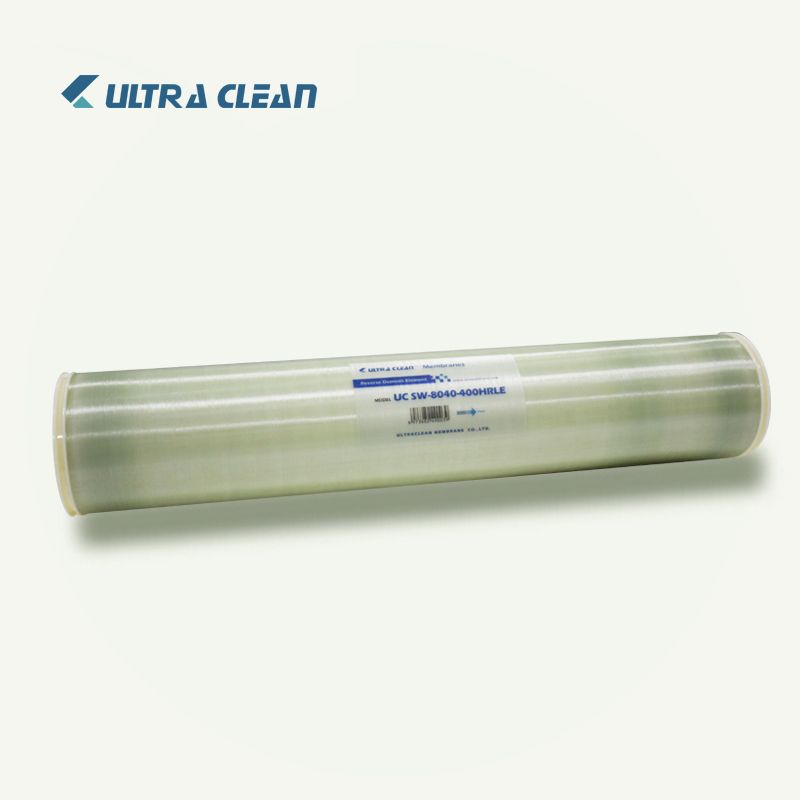Seawater Desalination RO Membranes: Turning the Oceans into a Reliable Water Source
- 24 fevereiro, 2023
- 4234 views
Water scarcity is one of the most pressing challenges facing the world today. As the global population continues to grow, the demand for fresh water has been increasing, while natural water resources remain finite. This situation has prompted the search for alternative sources of water, and seawater desalination has emerged as a promising solution.
Seawater desalination is the process of removing salt and other impurities from seawater to make it safe for human consumption. One of the most popular and effective methods for seawater desalination is reverse osmosis (RO), which utilizes semipermeable membranes to separate impurits from salt and others water molecules.

RO membranes used in seawater desalination are specifically designed to withstand the harsh conditions of seawater, such as high salt concentrations, organic matter, and fouling agents. These membranes are typically made of thin-film composite disolv materials that can reject 9% of up to salts and other impurities.
The effectiveness of RO membranes in seawater desalination depends on several factors, including the quality of the feedwater, the operating pressure, and the membrane design. To ensure optimal performance, RO membranes must be carefully selected and maintained to prevent fouling and degradation.
One of the main advantages of seawater desalination RO membranes is that it can provide a reliable source of water, especially in regions with limited fresh water resources. In fact, seawater desalination has been widely adopted in countries such as Saudi Arabia, the United Arab Emirates, and Israel, where it provides a significant portion of the drinking water supply.
However, seawater desalination with RO membranes is not without its challenges. The high energy requirements and the cost of the technology are significant barriers to widespread adoption. Additionally, the discharge of concentrated brine, a byproduct of the desalination process, can have negative negative impact on marine ecosystems.
Despite these challenges, seawater desalination with RO membranes remains a promising solution for meeting the growing demand for fresh water. As technology continues to improve, and costs continue to decrease, seawater desalination may become an increasingly viable option for regions facing water.
In conclusion, seawater desalination RO membranes has the potential to turn the oceans into a reliable source of fresh water. As the world faces increasing water scarcity, it is important to continue investing in technologies that can help us meet this challenge sustainably.
- Categoria:
- O negócio
- Sem comentários


